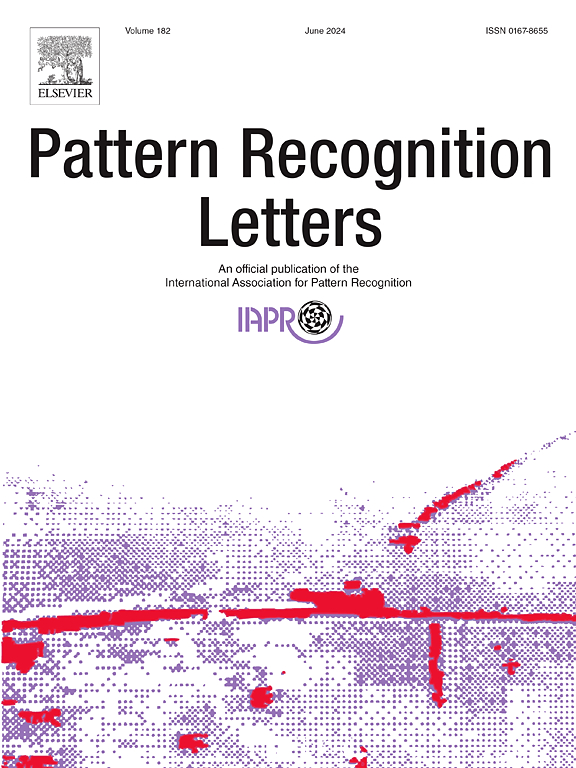Mask-based anomaly segmentation in complex driving scenes
IF 3.3
3区 计算机科学
Q2 COMPUTER SCIENCE, ARTIFICIAL INTELLIGENCE
引用次数: 0
Abstract
Road anomaly segmentation plays a pivotal role in advancing the safety of autonomous driving by facilitating the detection of unknown objects in complex traffic environments. Nevertheless, traditional semantic segmentation models, limited by predefined categories, often struggle to accurately identify anomalous objects. In this study, we propose AnomaskDrive, a mask-based anomaly segmentation approach that integrates a comprehensive mask-based attention mechanism and a mask refinement strategy within an RbA framework, enhancing the detection of anomalous objects in complex scenes. The proposed mask-based attention mechanism effectively distinguishes between foreground and background regions, thereby enhancing the segmentation of anomalies in cluttered road environments. Additionally, the inclusion of a mask refinement strategy minimizes false positives and elevates overall segmentation accuracy, demonstrating the robustness and effectiveness of our method. Benchmark evaluations on Road Anomaly and Fishyscapes Lost &Found datasets demonstrate that AnomaskDrive outperforms existing methods, achieving AUC/AP/FPR@95 scores of 98.56%/90.87%/4.68% and 97.75%/74.54%/4.25%, respectively, underscoring its competitive advantage in anomaly segmentation.
基于掩模的复杂驾驶场景异常分割
道路异常分割有助于在复杂的交通环境中发现未知物体,对提高自动驾驶的安全性具有关键作用。然而,传统的语义分割模型受到预定义类别的限制,往往难以准确识别异常对象。在本研究中,我们提出了一种基于掩模的异常分割方法AnomaskDrive,该方法在RbA框架内集成了综合的基于掩模的注意机制和掩模细化策略,增强了对复杂场景中异常物体的检测。本文提出的基于掩模的注意机制能够有效区分前景和背景区域,从而增强对混乱道路环境中异常的分割。此外,包含掩码细化策略最大限度地减少误报并提高整体分割精度,证明了我们的方法的鲁棒性和有效性。对道路异常和fishyscape Lost & Found数据集的基准评估表明,AnomaskDrive优于现有方法,AUC/AP/FPR@95得分分别为98.56%/90.87%/4.68%和97.75%/74.54%/4.25%,突出了其在异常分割方面的竞争优势。
本文章由计算机程序翻译,如有差异,请以英文原文为准。
求助全文
约1分钟内获得全文
求助全文
来源期刊

Pattern Recognition Letters
工程技术-计算机:人工智能
CiteScore
12.40
自引率
5.90%
发文量
287
审稿时长
9.1 months
期刊介绍:
Pattern Recognition Letters aims at rapid publication of concise articles of a broad interest in pattern recognition.
Subject areas include all the current fields of interest represented by the Technical Committees of the International Association of Pattern Recognition, and other developing themes involving learning and recognition.
 求助内容:
求助内容: 应助结果提醒方式:
应助结果提醒方式:


